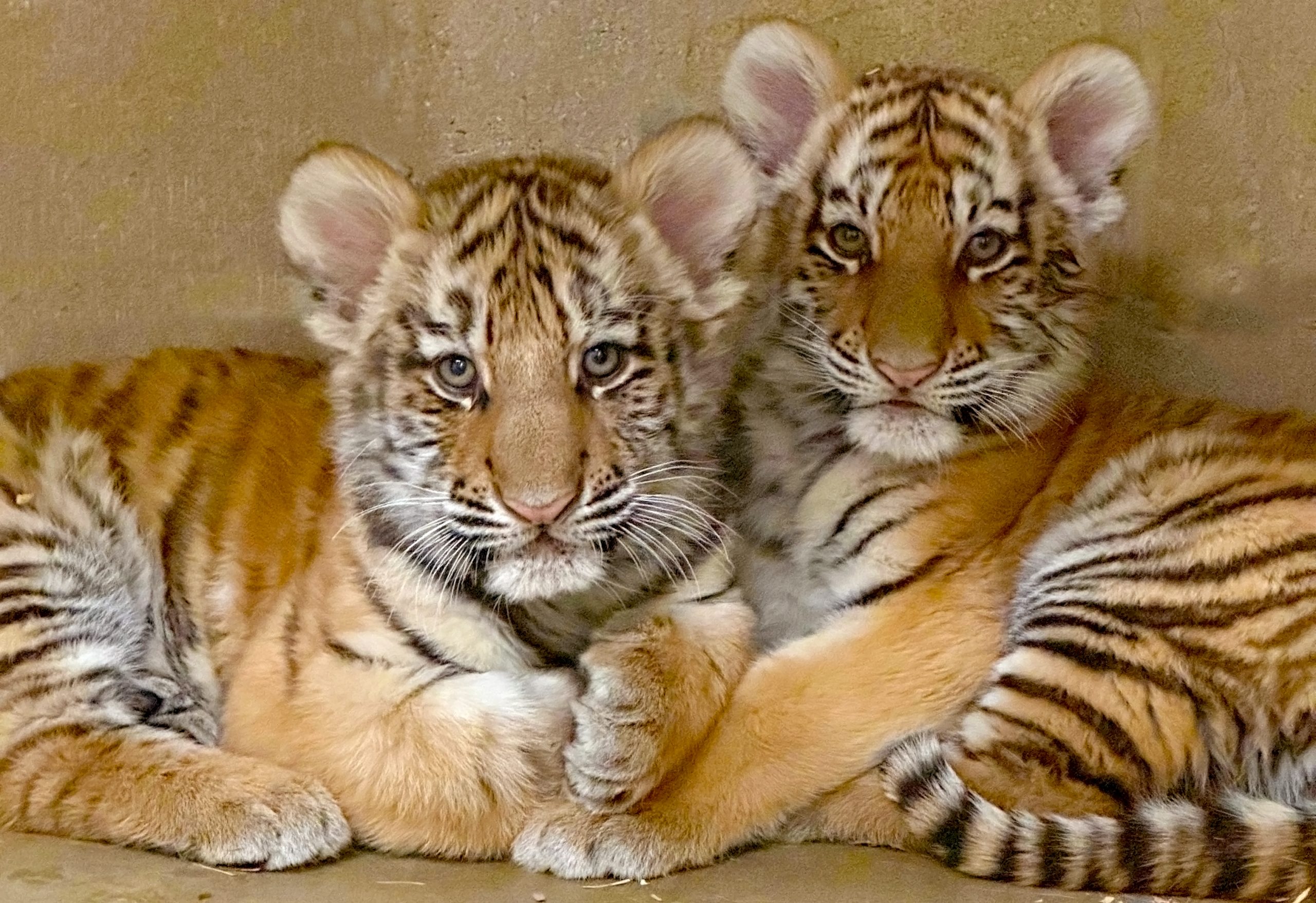
This winter, get to know a few of Como Zoo’s newest arrivals
Como long-time volunteers and supporters suggested the names for the two cubs—Maks (pronounced Max) and Marisa, both associated with strength and tenacity. The name Marisa is also a nod to Marisa Paulat, a retired Como cat keeper who was instrumental in the care of large cats during her 43 years at the zoo.
Marisa and Maks
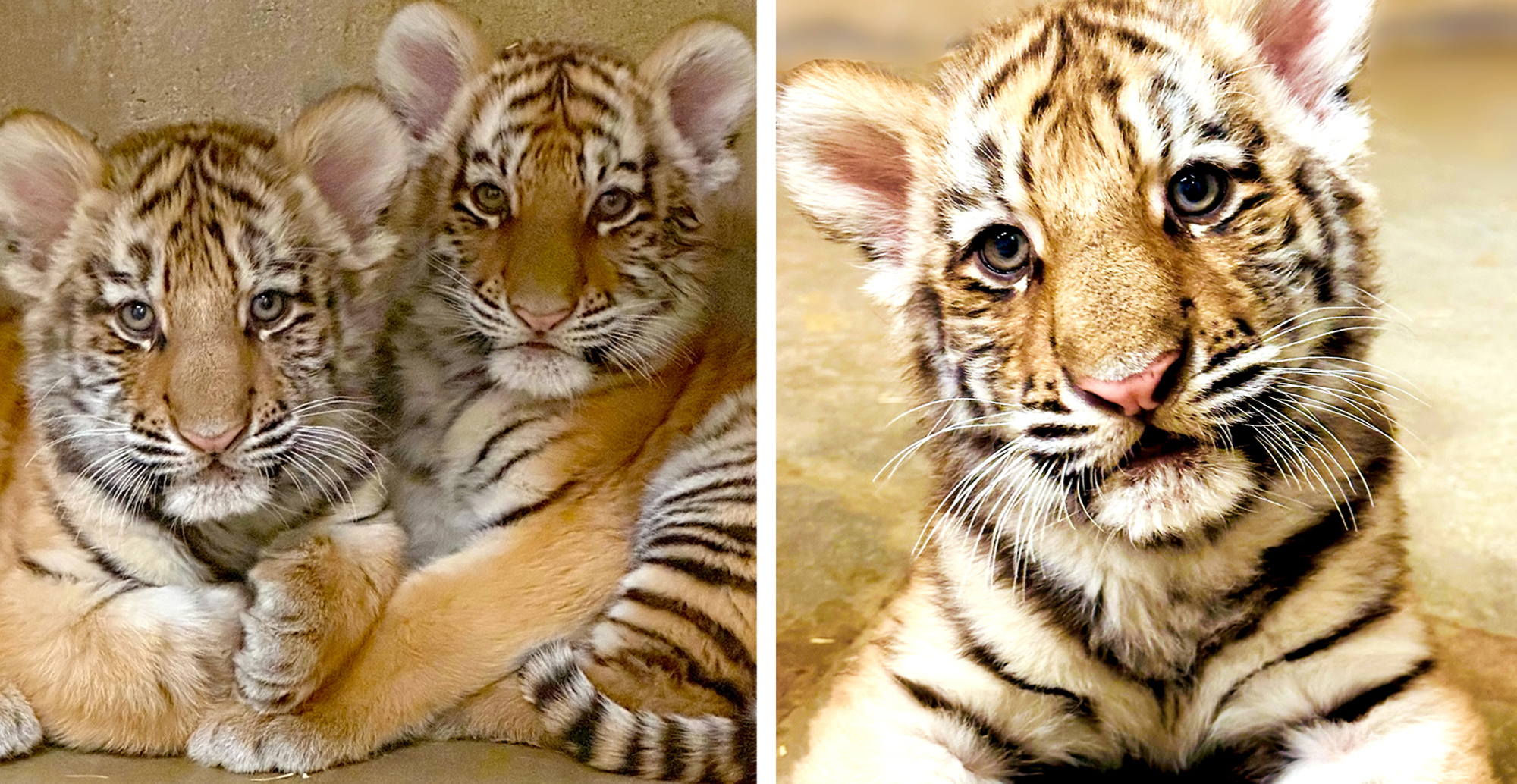
-
Amur Tigers
Marisa and Maks | With a diet composed entirely of other animals, tigers are one of the world’s most ferocious apex predators. But for new cubs Marisa and Maks, born at Como Zoo on August 29, it’s going to take a little more time before they fully embrace their places at the top of the food chain.
“You might think as large carnivores that they would just come to whoever had food but that’s not the case,” says Como Zoo senior keeper Jill Erzar. “Cats are very observant, so when they noticed their mom was a little uneasy seeing us at the beginning, they hung back and took it all in. But now Marisa gets so excited about being fed that she lets out the cutest little scream. The two of them are just incredibly adorable.”
The first tigers born at Como Zoo in more than 41 years, the tiger twins have spent the season bonding behind the scenes with their mother, Bernadette, and growing accustomed to their keepers, who’ve been introducing the playful pair to new enrichment items. “We started with really small things, like squash and pumpkins and cabbages and easy things that they could sink their little claws into,” Erzar says. “Now they’re at the point where they love cardboard boxes—they rip them apart and run from place to place dragging the shreds behind them.”
The cubs represent a significant success story for the Amur Tiger Species Survival Plan (SSP), a program of the Association of Zoos and Aquariums (AZA) aimed at the conservation and management of this critically endangered species. “This is a significant milestone for Como,” says Michelle Furrer, Como’s campus manager. “The birth of these tiger cubs showcases the dedication of our animal care team, and the naming process has strengthened the bond between our animals, staff, and the amazing volunteers who work tirelessly to support Como Park Zoo & Conservatory.”
Large cat keeper Hans Jorgensen says the cubs notched an important milestone in December, and have now received all the vaccinations they’ll need for the year ahead. “They’re huge, they’re unhandleable, and they’re healthy, which is just what you want to see,” he says. The twins are expected to be big enough to begin exploring their outdoor habitat in early spring.
Willow
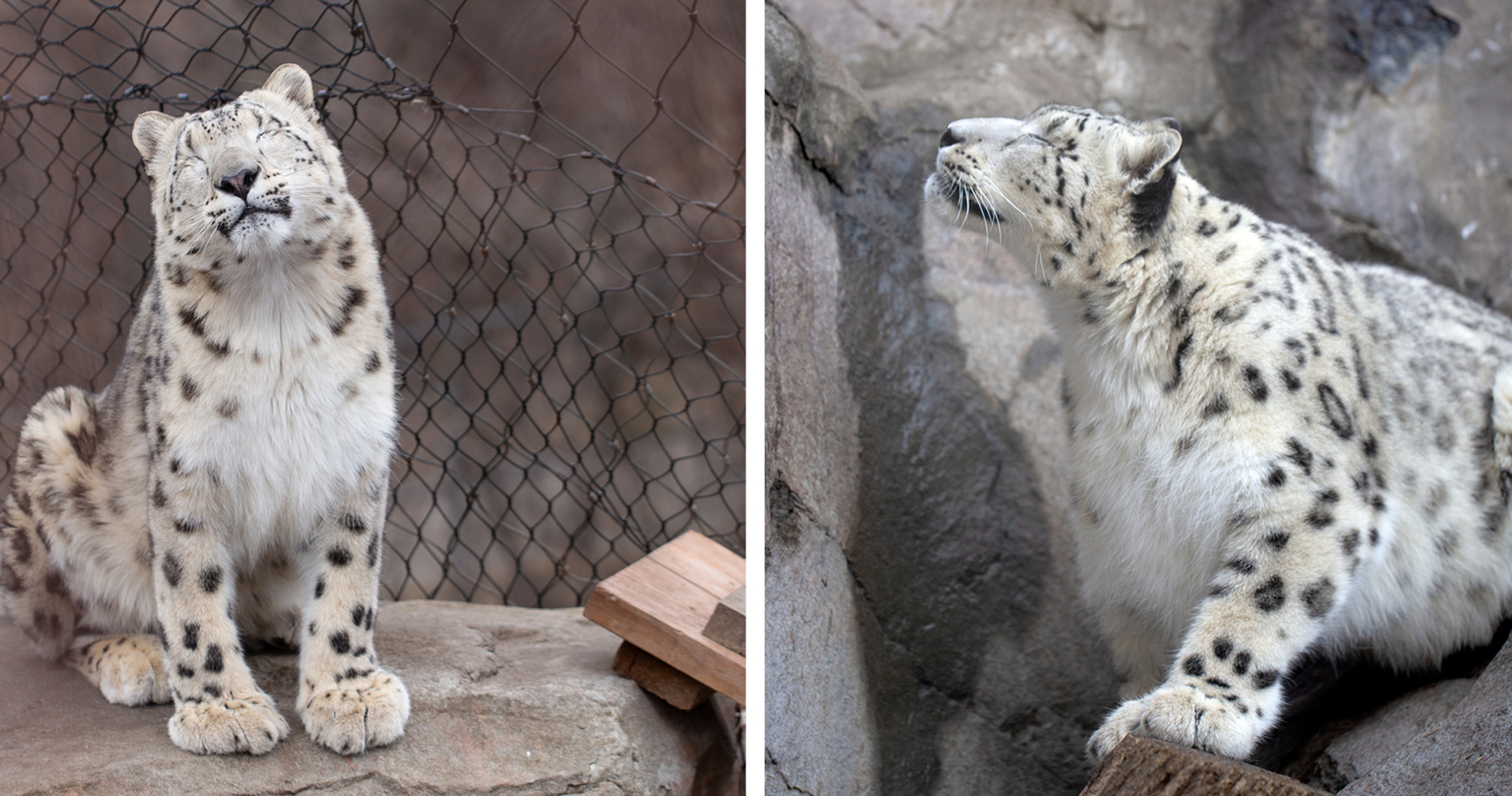
-
Snow Leopard
Willow | Como Zoo’s youngest snow leopard has been making leaps and strides learning about her habitat, thanks to two new ramps that now make navigating a little simpler for her. Born blind, Willow was introduced to her outdoor habitat last spring, climbing to the upper reaches of the rock structure. With all the food, water and shelter she needed to be comfortable, she chose to stay there for weeks, causing concern from some visitors, but not for the keepers who know her best. “Willow was at an age that we needed to let her start figuring some things out for herself, and she quickly became very comfortable with the upper section of the exhibit, and so she did not feel there was any need to try and explore more to get down at first,” explains large cat keeper Hans Jorgensen. To help teach her how to shift, keepers Jorgensen and Caitlin Allessi came up with a ramp system to help ease her transition between the inside and outside of her exhibit, a solution that Willow embraced with ease. “Within 36 hours, she’d figured it all out, and now we like to brag that she’s our best shifter,” Jorgensen says. Seeing the young snow leopard build confidence and awareness of her surroundings has been exciting to watch, says Allessi. “She moves around so well you’d never know she’s blind, which is really nice to see.”
Walter
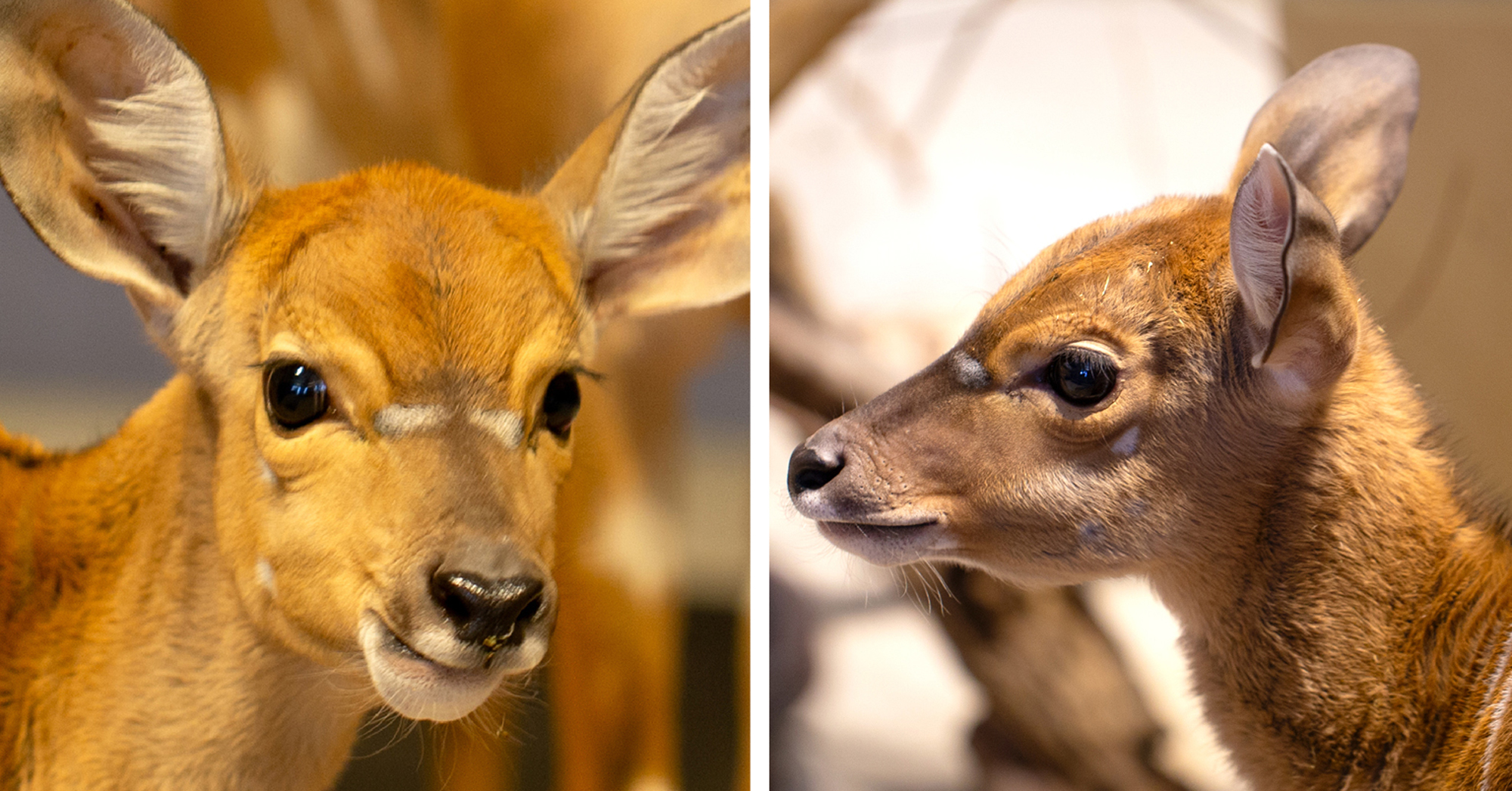
-
Nyala
Walter | Weighing in at just 14 pounds in September, it’s taken newborn nyala Walter just a few months to triple his weight—a growth trajectory seen in the wild, too. “Female nyala like Walter’s sister Meadow will typically stay with their mothers for life, but males will often leave their natal herd around six or seven months and can be reproductive fairly early on,” Erzar explains. Males are also known for developing the nyala’s distinctive spiral horns and darker coat. Walter, whose name was chosen by Como Friends donors on Give to the Max Day, is the second offspring for mother Stevie and father Stanley, who passed away in January.
Yoshi
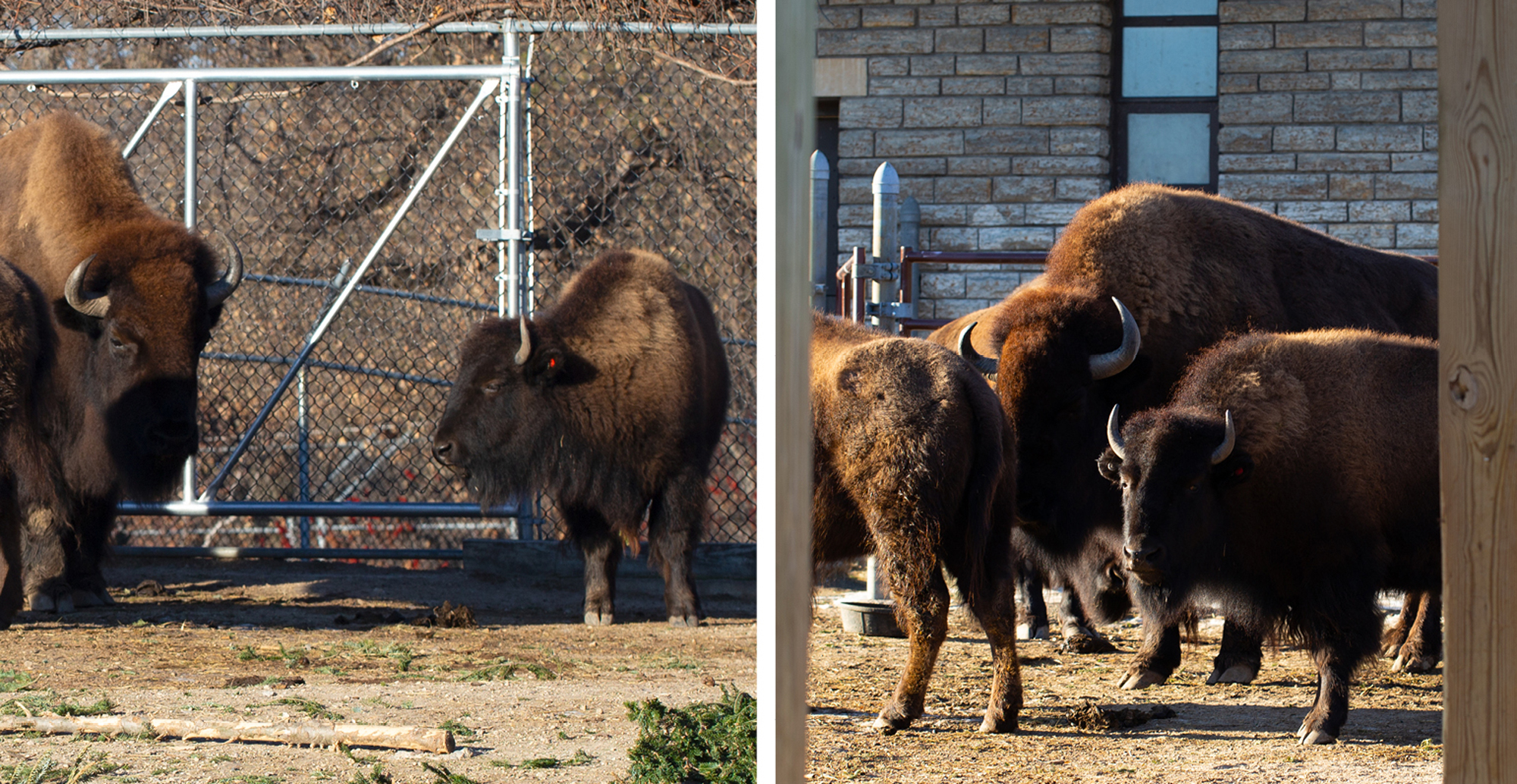
-
Bison
Yoshi | When one-year-old Yoshi arrived at Como’s bison habitat in January, it took her no time at all to bond with two-year-old Ruby, another young bison from Minnesota’s Bison Conservation Herd. “They were very excited to meet each other initially, and when you visit the zoo, you’ll see them side by side,” says keeper Aaron Nelson. “Because they’re both young, and have been in a larger herd setting, you’ll also see some more natural behaviors out of them, like one we call bluff charging, to establish dominance over us.” While Como Zoo’s hoofstock keepers have a healthy respect for the young bison, who will grow to be over 1,000 pounds, “we also think it’s pretty cute, that little bit of attitude and spunk. They’re letting us know that they’re big, and they’re in charge.”
Reggiano and Ilsamar
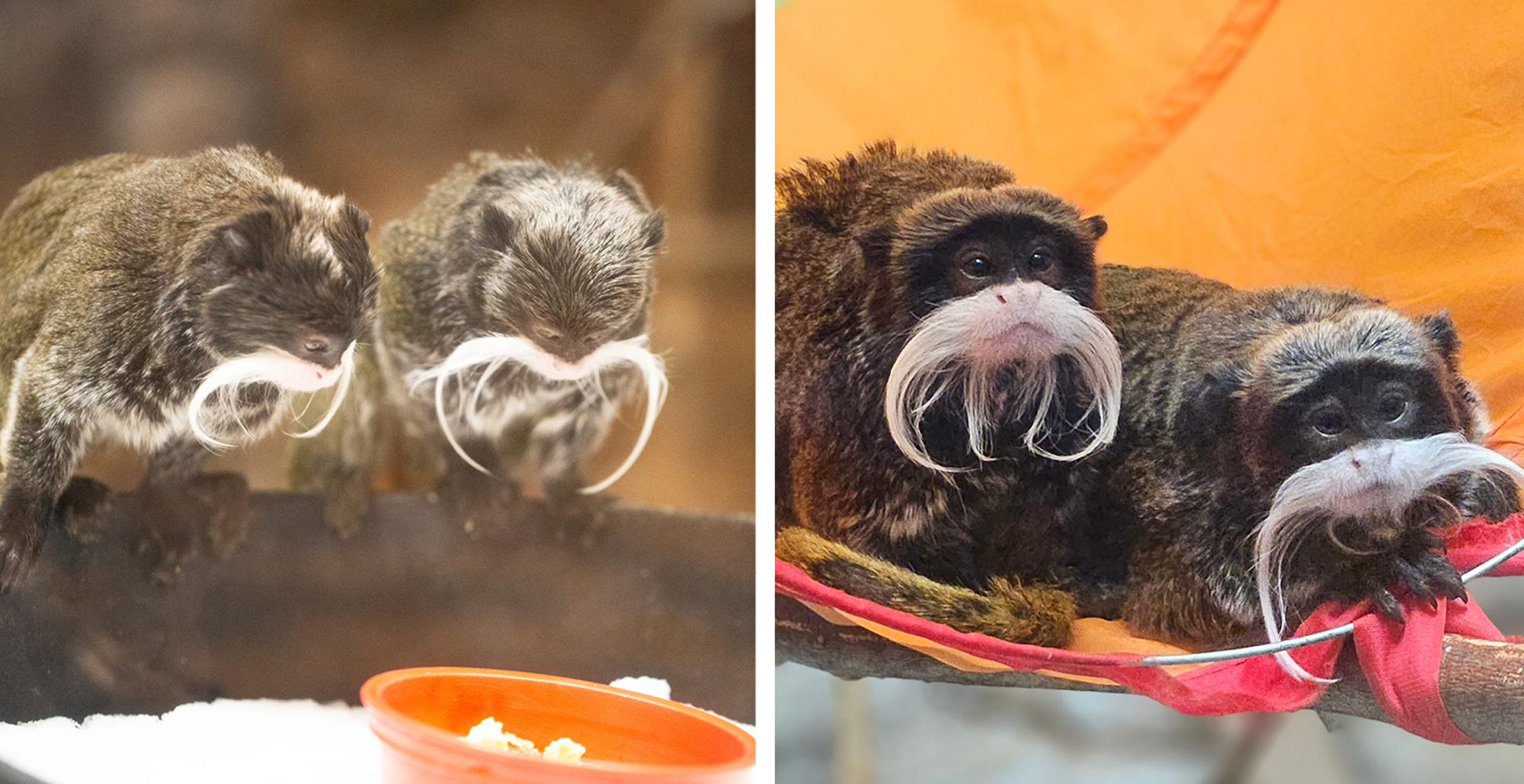
-
Emperor Tamarins
Reggiano and Ilsamar | Trying to guess the gender of Como Zoo’s emperor tamarins can be a bit tricky—the males, females and young of this endangered species all have very distinguished mustaches. This season Como welcomed two new individuals—Reggiano, a 3-year-old from the Buttonwood Park Zoo, and Ilsamar (Ilsa), a 2-year-old from the Dallas Zoo—as a new breeding pair put together by the AZA’s Species Survival Plan. While it’s too soon to say if their partnership will be a success, primate keepers have observed breeding behavior between the two.
Snow Cone
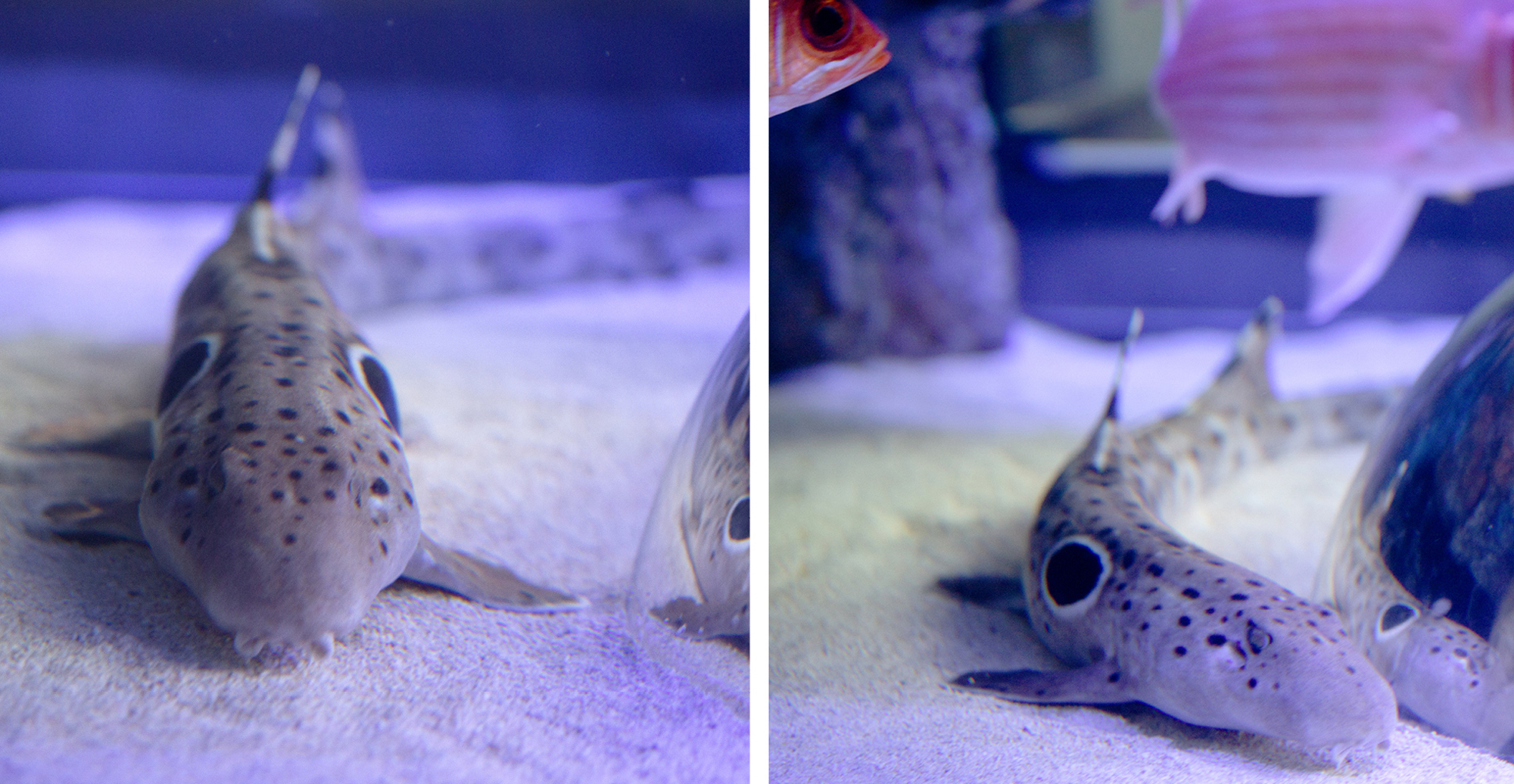
-
Epaulette Shark
Snow Cone | The newest resident of Como Zoo’s Aquatic Animals Building is Snow Cone, an adolescent epaulette shark. Now living in the building’s largest new tank, visitors can see that this nocturnal shark species exhibits some surprising behavior—appearing to “walk” across the ocean floor with its fins. A denizen of isolated tidal pools, epaulette sharks have adapted to survive severe oxygen depletion by shutting down some neural functions.
Moutig
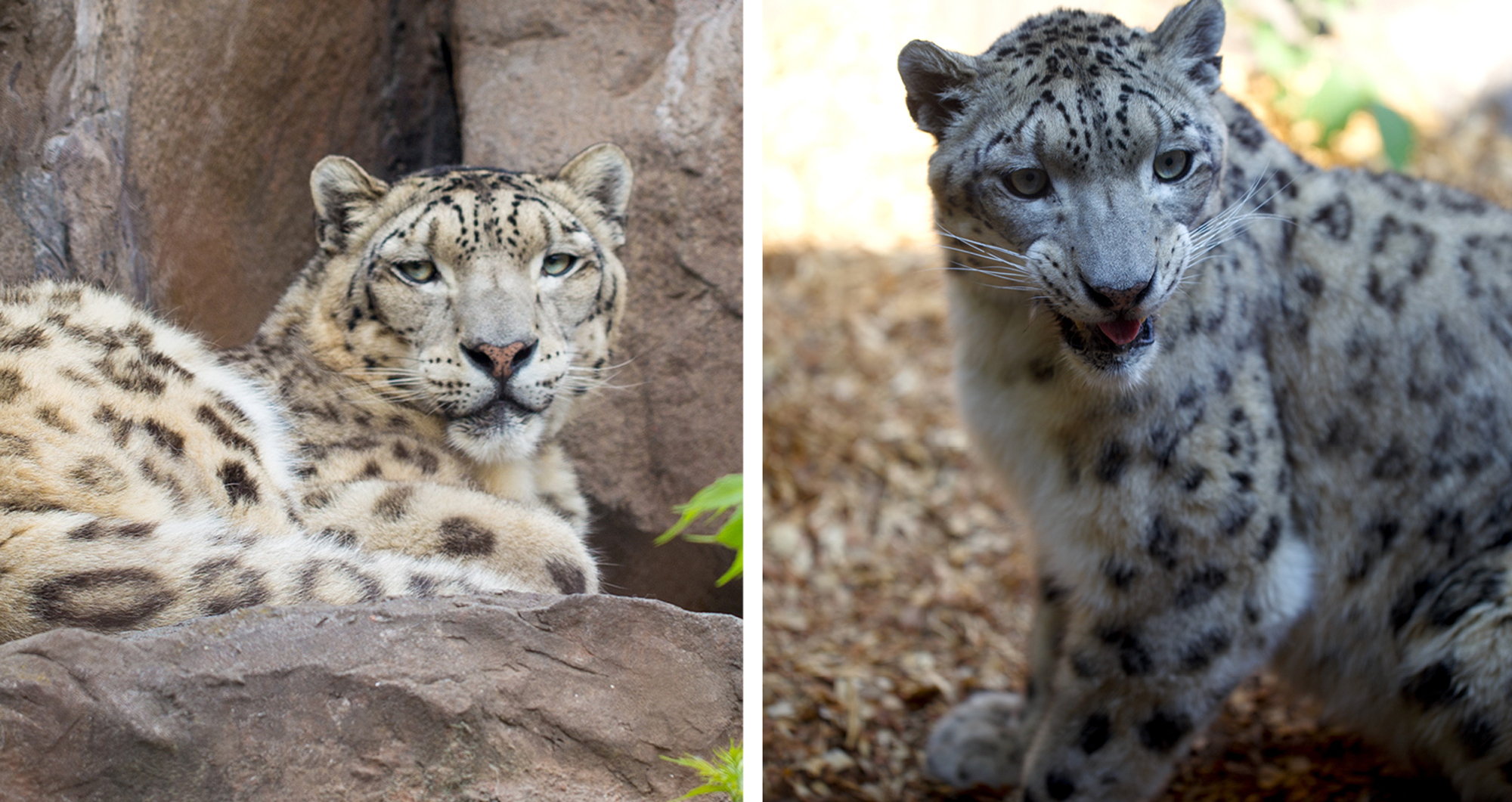
-
Snow Leopard
Moutig | And finally, one familiar face at Como Zoo is about to make a move. Male snow leopard Moutig will be moving to the Bronx Zoo as part of a breeding recommendation for this endangered species. A curious cat known to keepers for his distinctive vocalizations and his strong dislike for Como Zoo’s neighboring lions, Moutig first came to Como Zoo in 2016 from France as part of an international effort to diversify the genetics of European and North American snow leopards, and was selected to make this move by representatives from the snow leopard species survival plan. While keepers Hans Jorgensen and Caitlin Alessi are sorry to see him go, Jorgensen jokes, “He’s a big city cat, and with his vocalizing he could make it big on Broadway.” Au revoir Monsieur Moutig!